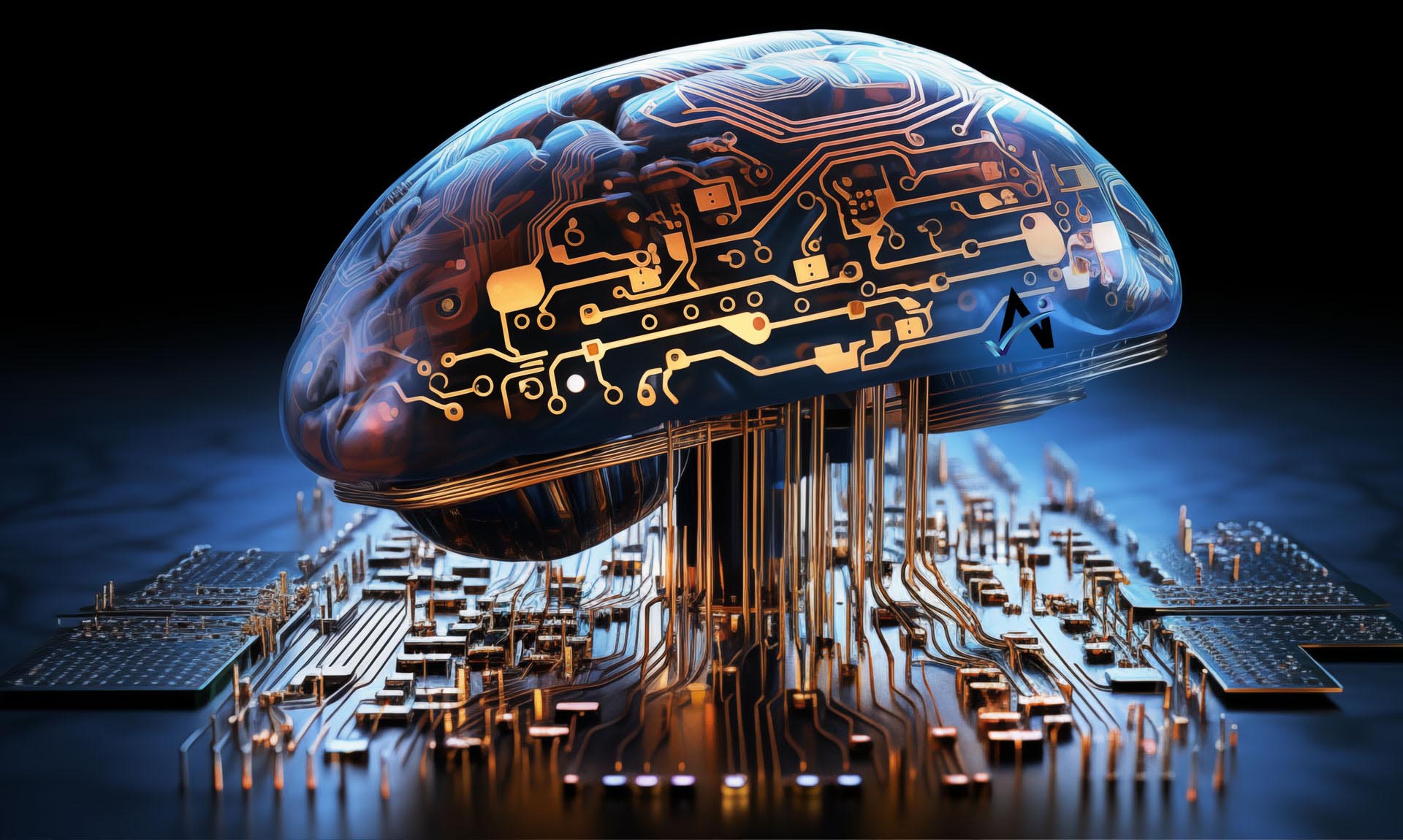Beep Boop: A Transistor that Works Like the Human Brain
A recent study conducted by researchers from Northwestern University, Boston College, and the Massachusetts Institute of Technology (MIT) has led to the development of a novel synaptic transistor that emulates the human brain’s functioning. This device uniquely integrates both information processing and storage capabilities, marking a significant departure from traditional machine learning approaches towards associative learning, which is akin to higher-level human cognition.
This synaptic transistor is distinctive for its effective operation at room temperature, contrasting with previous brain-like computing devices that required extremely cold conditions. This feature, along with its rapid operation, low energy consumption, and the ability to retain information without power, makes the transistor well-suited for real-world applications.
One of the study’s co-authors, Mark Hersam, highlighted that unlike digital computers where data transfer between microprocessors and memory consumes substantial energy and creates bottlenecks, the human brain’s architecture co-locates and fully integrates memory and information processing. This integration results in significantly higher energy efficiency, a feature that the new synaptic transistor mimics.
The researchers employed a unique strategy involving moiré patterns created by overlaying two geometric designs. By stacking materials like bilayer graphene and hexagonal boron nitride and twisting them to form these patterns, they were able to manipulate the electronic properties of the graphene layers, leading to the creation of a synaptic transistor with enhanced neuromorphic functionality at room temperature.
The transistor’s capabilities were tested with associative learning tasks, such as pattern recognition and discerning similarities in complex inputs. For instance, the device could identify patterns and similarities in a way that suggests higher cognitive functions. This ability to process complex and imperfect inputs holds significant potential for real-world AI applications, such as improving the reliability of self-driving vehicles under challenging conditions.
This development signifies a paradigm shift in electronics, especially for AI and machine learning tasks. By moving away from traditional silicon architecture and exploring the physics of moiré patterns, the researchers have opened new possibilities for more sophisticated and energy-efficient AI technologies
- Bridging the Gap Between AI and Human Cognition: Traditional AI systems and digital computers operate distinctly from the human brain, primarily in how they handle data processing and memory. By emulating the brain’s integrated approach to memory and processing, this synaptic transistor narrows the gap between artificial and human intelligence, potentially leading to AI systems that can think and learn more like humans.
- Enhanced Energy Efficiency: One of the key distinctions of the human brain is its energy efficiency, a feature that has been challenging to replicate in electronic devices. The synaptic transistor’s ability to operate at room temperature with low energy consumption while retaining information even without power is a significant step towards creating more energy-efficient AI systems. This advancement could lead to the development of more sustainable and environmentally friendly technology, reducing the carbon footprint of large-scale data processing centers.
- Potential for Real-world Applications: The transistor’s ability to handle complex and imperfect inputs has profound implications for AI applications in the real world. For instance, improving the reliability and safety of self-driving vehicles in unpredictable weather conditions is just one of the many possible applications. This technology can potentially revolutionize various sectors, including healthcare, finance, and security, by providing more reliable and efficient AI-driven solutions.
- A New Era in Computing Hardware: The use of moiré patterns to manipulate the electronic properties of materials like graphene signifies a departure from traditional silicon-based computing. This approach opens up new realms in hardware development, paving the way for more advanced, sophisticated computing systems. As we move away from silicon-dominated technology, we might witness the birth of a new generation of computing hardware, offering unparalleled capabilities in processing and efficiency.
The creation of this synaptic transistor is not just a technological triumph but a potential catalyst for a significant shift in AI development, bringing us closer to realizing machines that can mimic the complex, efficient, and adaptive nature of the human brain.
latest video
Get Our Newsletter
Never miss an insight!






